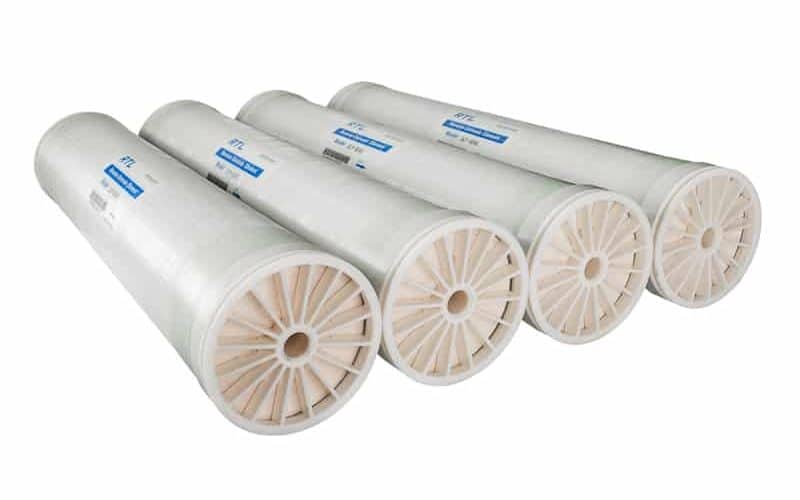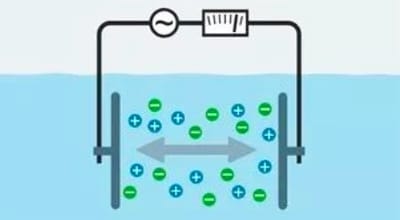When running reverse osmosis (RO), operating efficiency is critical. The comparison between water production rate and applied energy determines the cost of produced water. Taking the system offline for routine cleaning and maintenance can improve productivity and efficiency or extend the life of the membrane. But the extra effort required to monitor membrane integrity and separation performance can be costly. Fortunately, RO treatment plants can monitor desalination rates by measuring the conductivity of RO water.
How to measure the conductivity of reverse osmosis water?
Conductivity measures the ease with which an electric current can pass through a material. Electrically, water creates resistance to the passage of electric current, and conductivity is the reciprocal of resistivity. The conductivity sensor sends an electrical charge between two embedded probes. Since the probes are separated by a certain distance, the resistance of the water can be calculated by measuring the current generated in the circuit. Conductivity is reported in Siemens/cm (S/cm), which indicates the conductance or inverse resistance over a given path length. Units of milliSiemens/cm (mS/cm) or microSiemens/cm (µS/cm) are more useful for describing ordinary waters. Pure distilled and deionized water has a conductivity of 0.05 µS/cm, which corresponds to a resistivity of 18 megohm-cm (MΩ). The conductivity of seawater is 50 mS/cm and the conductivity of drinking water is 200 to 800 µS/cm. The amount of permeate in the RO unit varies depending on the feed concentration and operating pressure. In general, the conductivity of RO water should be between the value of deionized water and the value of drinking water (0.05 µS/cm – 200 µS/cm).
Membrane Integrity

The design of the RO treatment system assumes that the RO unit provides a certain level of separation. If a system failure occurs, the entire treatment process is affected. Membranes can be damaged by inadequate pretreatment, such as failure to remove large, coarse particles or inadequate dechlorination, which can result in chlorine damage to the polyamide membrane. Integrity problems can come from a single treatment stage, indicating fouling or pretreatment problems, or they can occur in a single module, indicating a mechanical failure, such as a broken O-ring. Therefore, analyzing the system by collecting conductivity values from many points within the system is the best way to capture and diagnose membrane integrity problems.
Conductivity and TDS

Measuring the conductivity of RO water helps determine how much salt is being rejected by the RO membrane. Dissolved salt is present in the water as ions, which helps make the water more conductive. Conductivity correlates with total dissolved solids (TDS) content, and the correlation is approximately linear over short distances. When using a TDS meter, the correlation is built in and applied automatically. Some meters also allow conversion factors to be tailored to specific needs and applications, such as water containing large amounts of ions in addition to sodium and chloride. When using a conductivity meter to determine TDS, the data collected must be converted. The conversion factor can be easily determined by measuring a known standard. For example, if 64 mg NaCl in one liter of water produces a conductivity of 100 µS/cm, the conversion factor between conductivity and TDS is 0.64, where TDS = conductivity х 0.64.
More on electrical conductivity in other articles:
Conductivity: How to convert mS/cm to uS/cm
What is salinity meter and how does it work?
What is residual chlorine?
3 Main Water Quality Parameters Types
